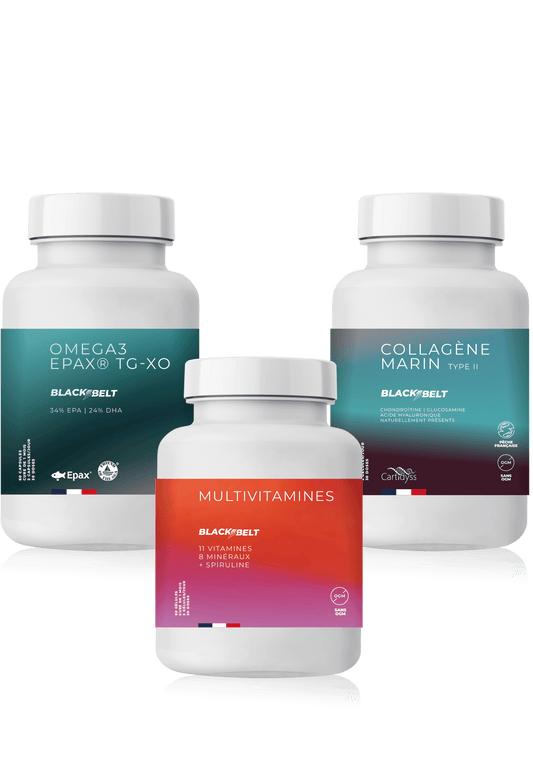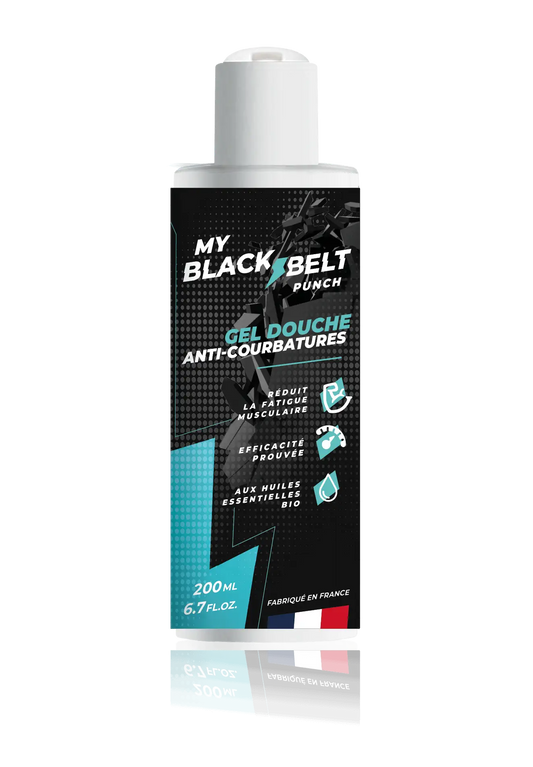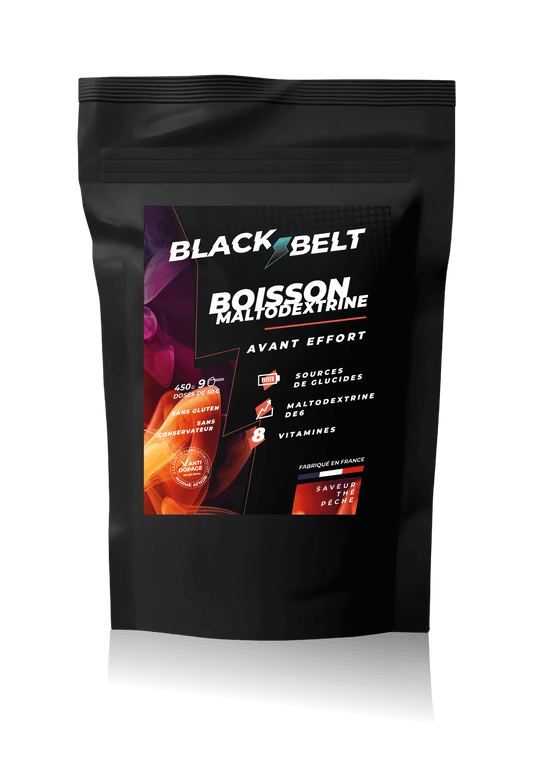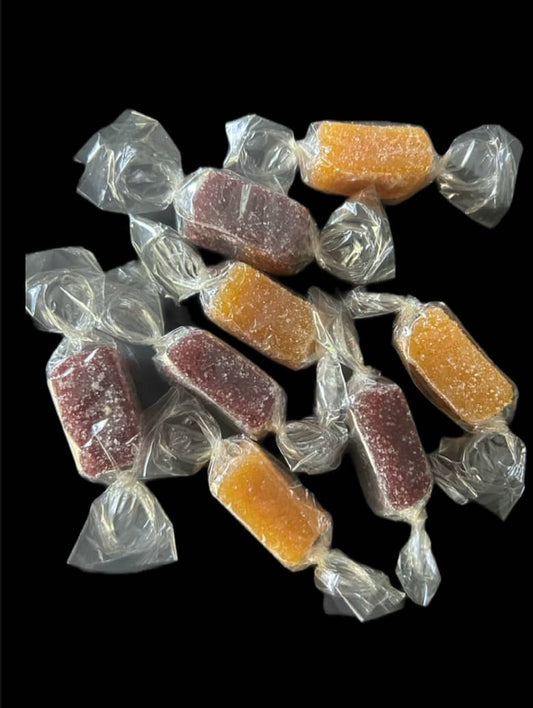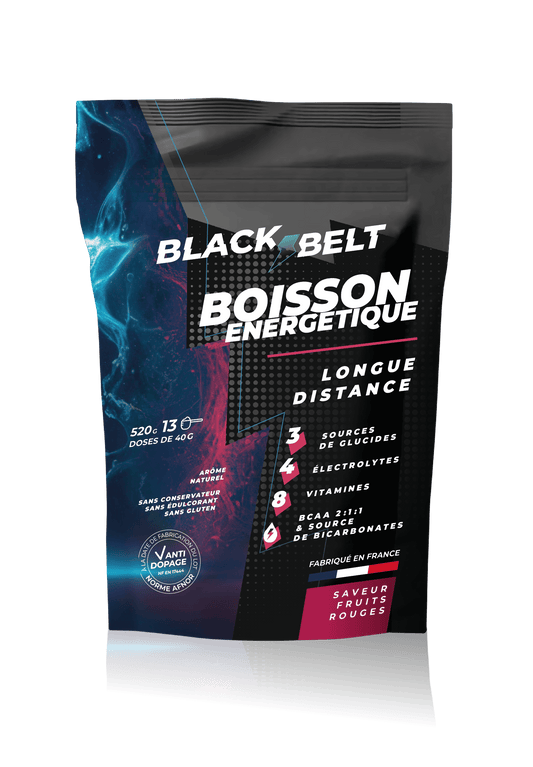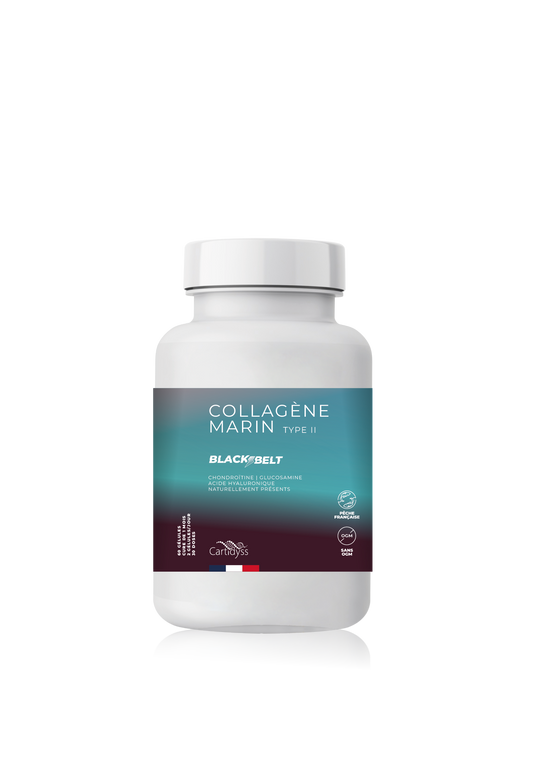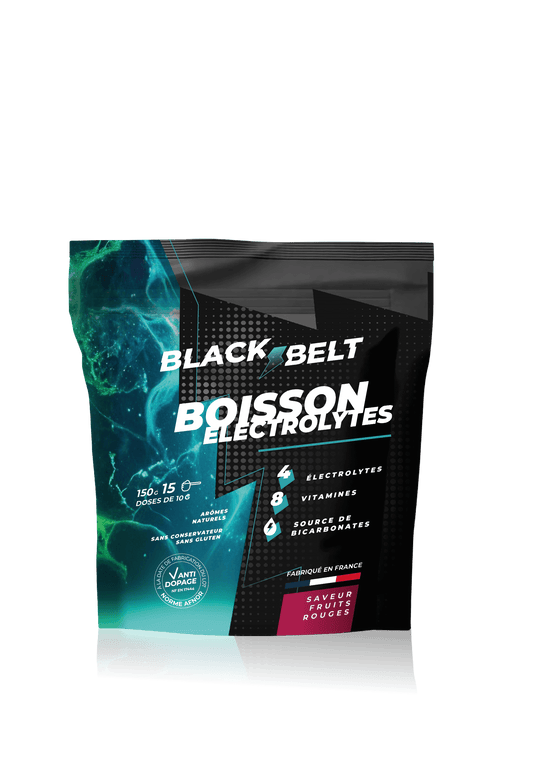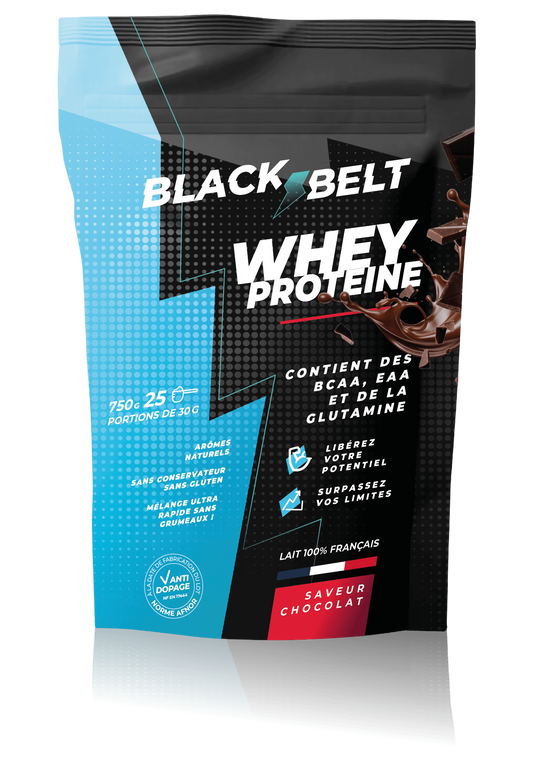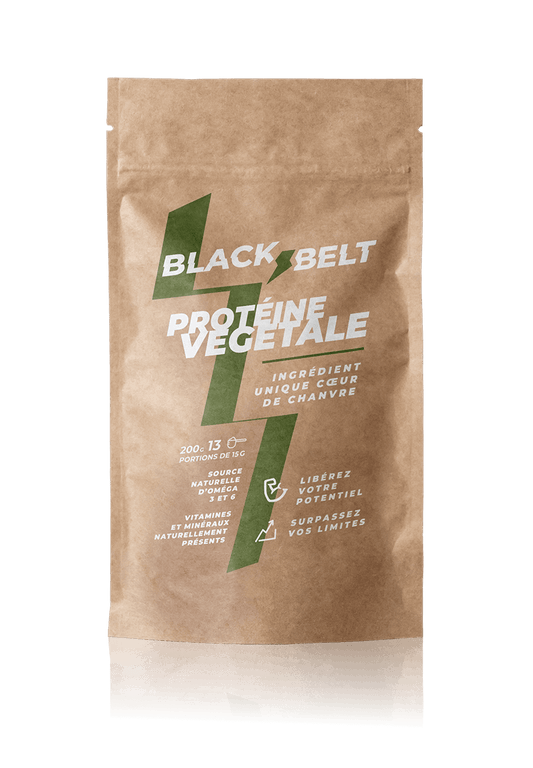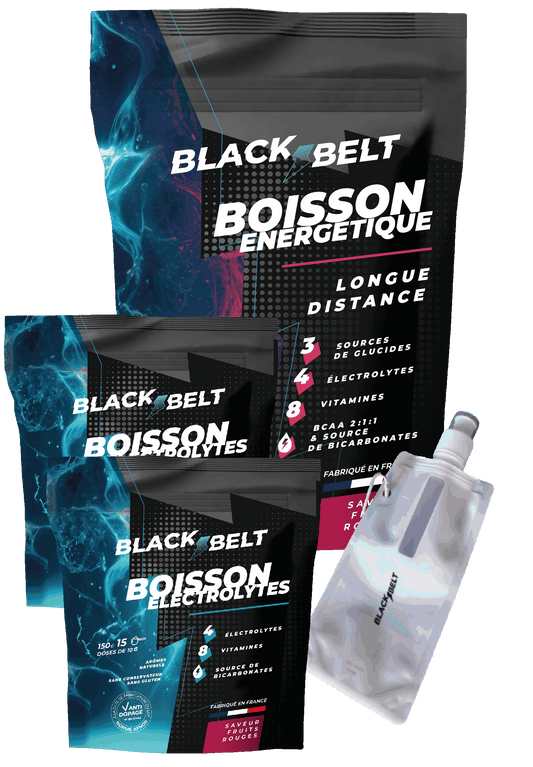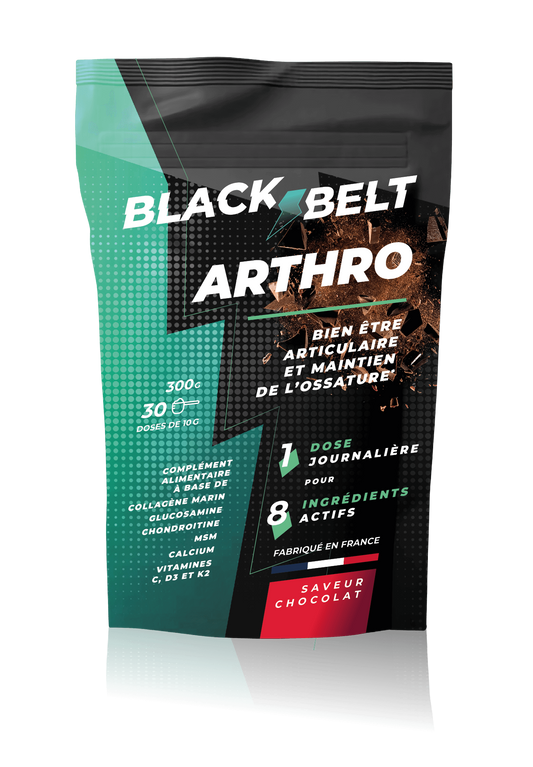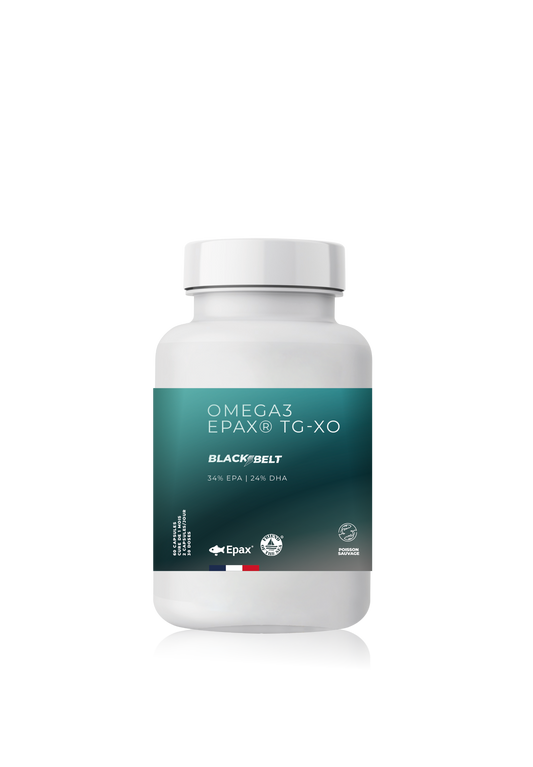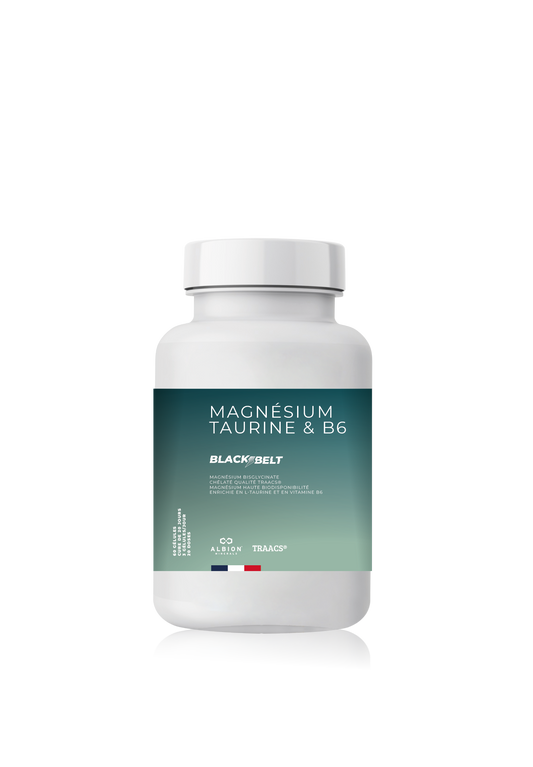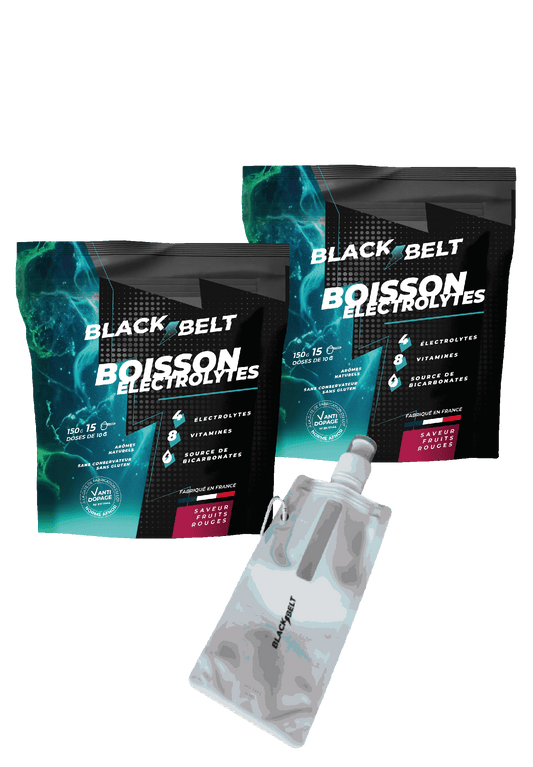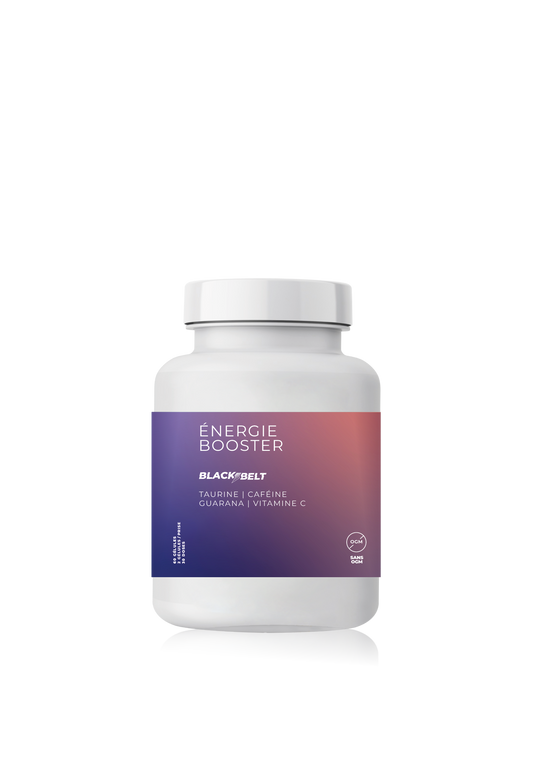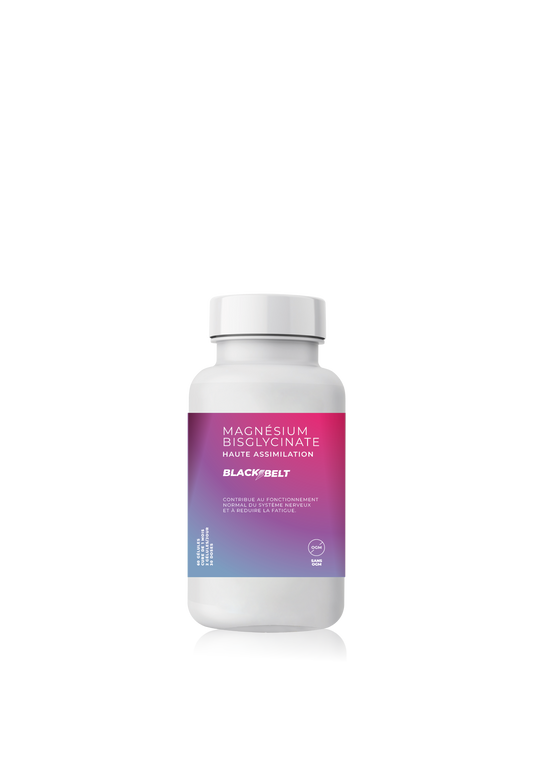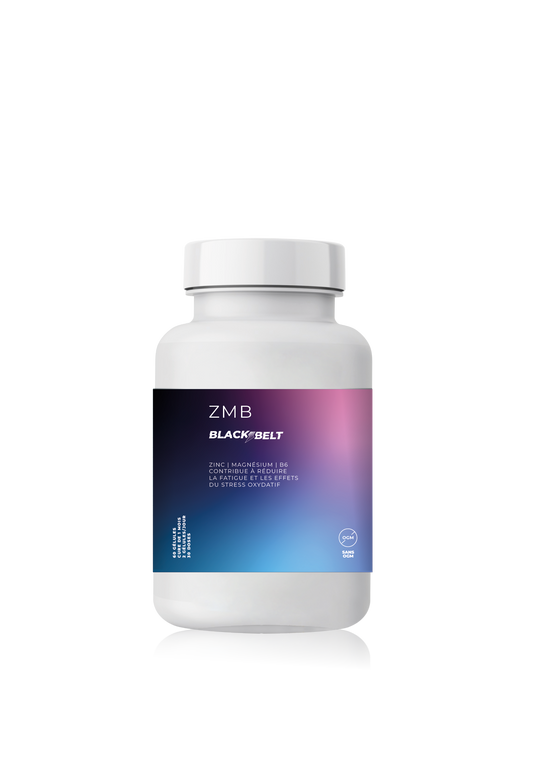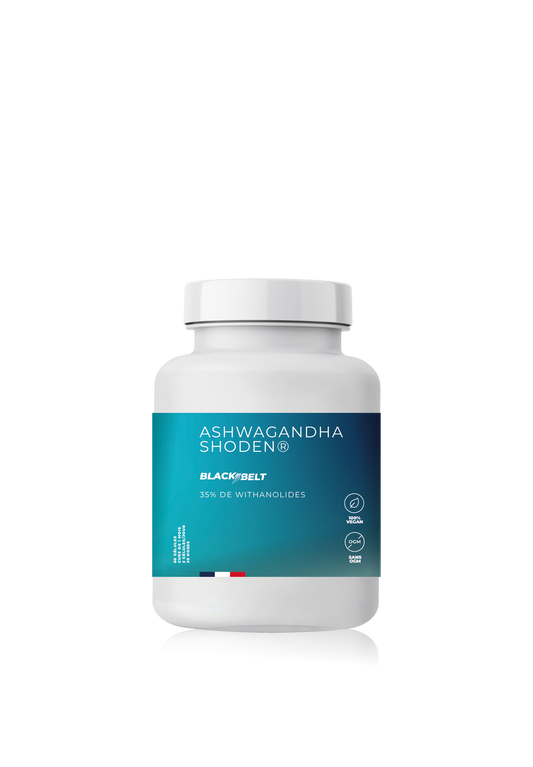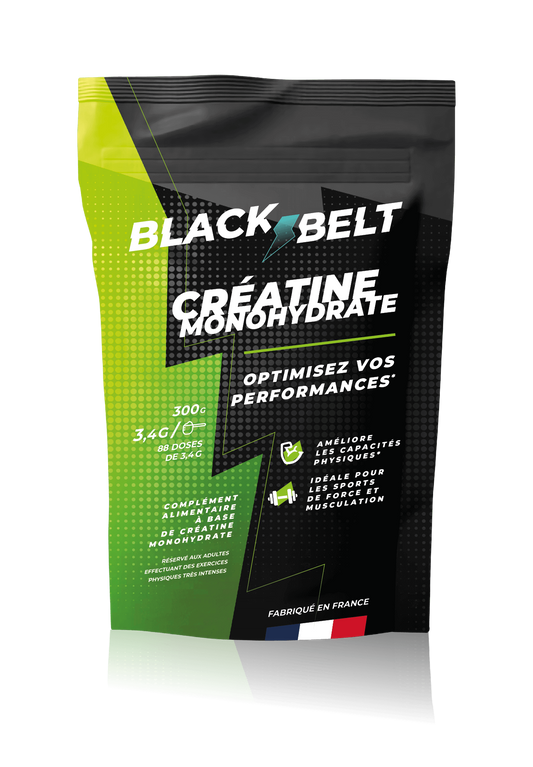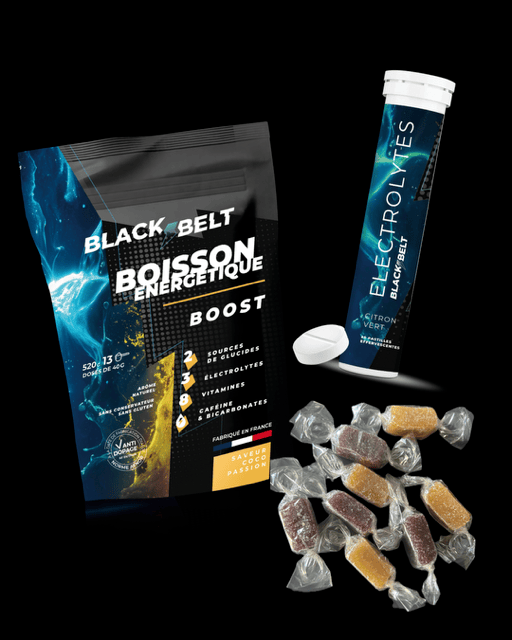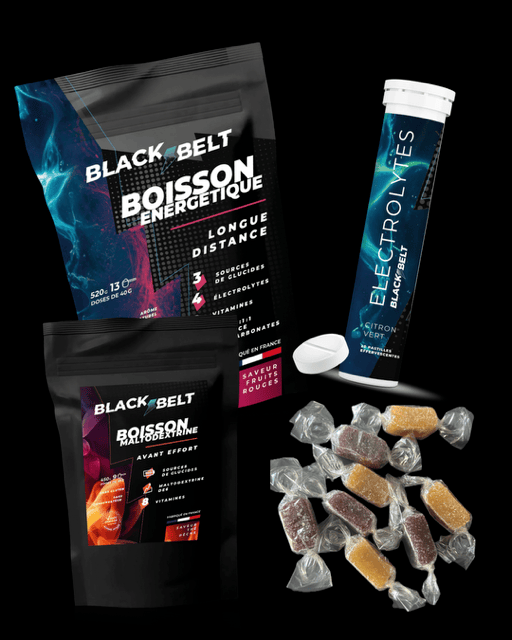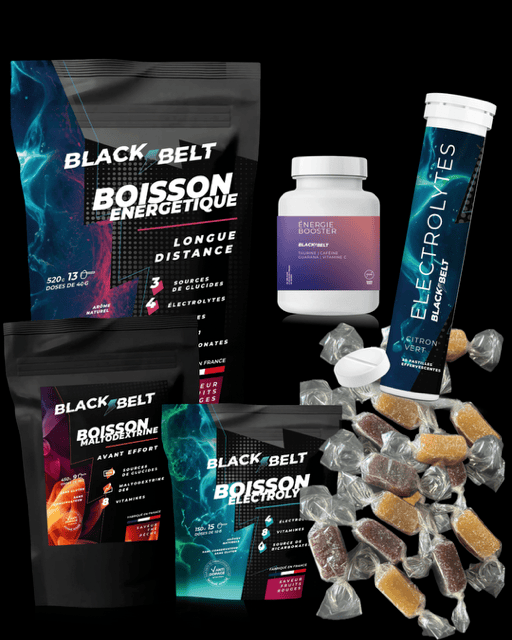
Share
Digestive issues are a common concern among runners, especially during prolonged exercise. Diets low in FODMAPs (Fermentable Oligo-, Di-, Mono-saccharides and Polyols) have been shown to be effective in alleviating these discomforts. These short-chain carbohydrates are poorly absorbed by the small intestine, leading to fermentation in the colon and symptoms such as bloating, abdominal pain, or diarrhea.
Why adopt a low FODMAP diet for runners?
Endurance athletes, such as runners, are particularly susceptible to gastrointestinal disturbances during exercise. One study found that a six-day low-FODMAP diet could significantly reduce these symptoms in triathletes, improving their comfort and potentially their performance.
Principles of the Low FODMAP Diet
The diet takes place in two phases:
1. Elimination: For 8 to 10 weeks, high FODMAP foods are replaced with low FODMAP alternatives.
2. Reintroduction: Foods are reintroduced gradually to identify those that trigger symptoms.
Low FODMAP Foods Suitable for Runners
• Fruits: Bananas, raisins, kiwis, oranges, strawberries.
• Vegetables: Carrots, cucumbers, zucchini, spinach, potatoes.
• Proteins: Chicken, turkey, beef, eggs, fish.
• Cereals: Rice, quinoa, gluten-free oat flakes.
• Dairy products: Lactose-free milk, hard cheeses such as cheddar.
Sample Low FODMAP Meal Plan for Runners
• Breakfast: Gluten-free oatmeal with strawberries and lactose-free milk.
• Lunch: Quinoa salad with grilled chicken, cucumbers and spinach.
• Dinner: Grilled salmon with roasted potatoes and zucchini.
• Snacks: Bananas, macadamia nuts.
Tips for a successful transition
• Planning: Prepare your meals in advance to avoid deviations.
• Hydration: Drink enough water to aid digestion.
• Consultation: Consult a specialized dietitian to adapt the diet to your specific needs.









